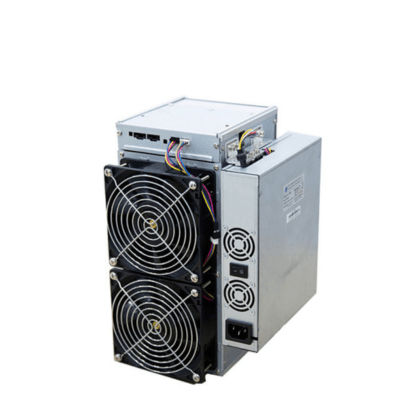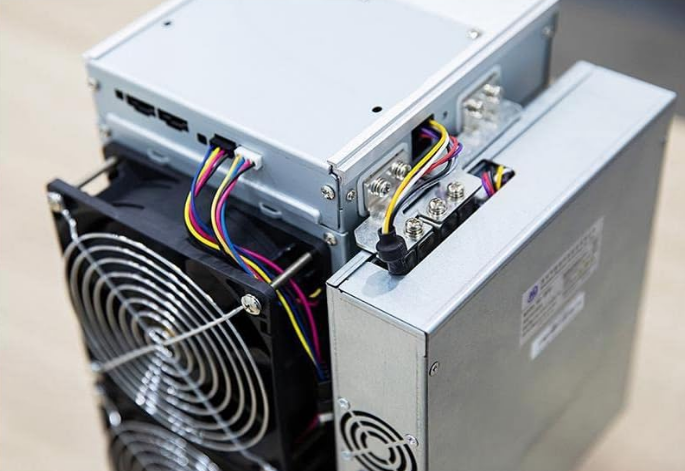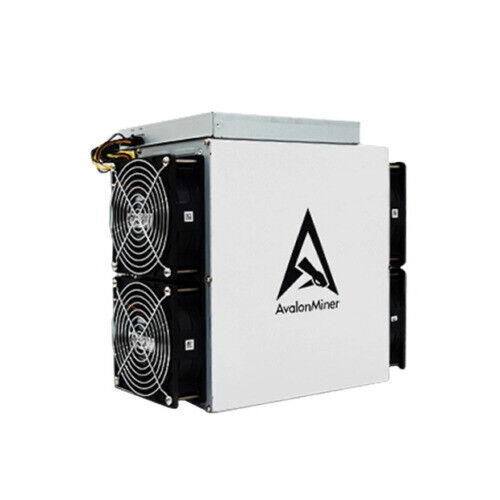How to overclock Avalon 1066 to improve hash rate?
How to Overclock Avalon 1066 to Improve Hash Rate?
Cryptocurrency mining has evolved into a highly competitive industry, where maximizing efficiency and hash rate is crucial for profitability. The Avalon 1066 miner, developed by Canaan, is a powerful and reliable piece of equipment designed for Bitcoin (BTC) and Bitcoin Cash (BCH) mining. However, even with its impressive out-of-the-box performance, many miners seek to push their hardware further through overclocking. In this article, we’ll explore how to safely and effectively overclock the Avalon 1066 to improve its hash rate, while maintaining operational stability and longevity.
Understanding the Avalon 1066: A Mining Powerhouse
Before diving into overclocking, it’s essential to understand the Avalon 1066’s baseline capabilities. This miner is powered by 342 advanced 16nm ASIC chips, delivering a default hash rate of 50 TH/s for SHA256 algorithm mining. With a power consumption of 3250W, it strikes a balance between performance and energy efficiency, making it a popular choice for both large-scale mining operations and smaller setups.
The miner’s robust thermal management system, featuring four high-performance 12038 cooling fans, ensures stable operation within a temperature range of -5°C to 35°C. Its compact design (195 x 292 x 331mm) and modular architecture also make it easy to deploy and maintain. However, for miners looking to optimize their returns, overclocking presents an opportunity to extract additional performance from this already capable machine.

What Is Overclocking, and Why Do It?
Overclocking involves increasing the operating frequency of a device’s hardware components beyond their factory-set limits. In the context of the Avalon 1066, this means boosting the speed of its ASIC chips to achieve a higher hash rate. The primary goal of overclocking is to increase mining output, which can translate to greater profitability, especially in competitive mining environments.
However, overclocking is not without risks. Pushing hardware beyond its default specifications can lead to increased power consumption, heat generation, and potential hardware degradation if not managed carefully. Therefore, it’s crucial to approach overclocking methodically and with a clear understanding of the trade-offs involved.

Preparing for Overclocking: Essential Considerations
Before attempting to overclock your Avalon 1066, there are several factors to consider:
- Cooling Capacity
Overclocking generates additional heat, so ensuring adequate cooling is critical. The Avalon 1066’s built-in cooling system is robust, but in some cases, supplemental cooling (such as additional fans or improved ventilation) may be necessary to maintain safe operating temperatures.
- Power Supply
Overclocking increases power consumption. Ensure your power supply unit (PSU) can handle the additional load without compromising stability. Using a high-quality PSU with sufficient wattage is essential.
- Firmware Updates
Ensure your miner is running the latest firmware from Canaan. Firmware updates often include optimizations and bug fixes that can enhance performance and stability during overclocking.
- Backup Settings
Before making any changes, document the miner’s default settings. This allows you to revert to the original configuration if needed.

Step-by-Step Guide to Overclocking the Avalon 1066
Step 1: Access the Miner’s Interface
Connect to your Avalon 1066 via its Ethernet interface. Open a web browser and enter the miner’s IP address to access its control panel. Log in using your credentials.
Step 2: Adjust Frequency Settings
Navigate to the Frequency Settings section in the control panel. Here, you can increase the clock speed of the ASIC chips. Start with a modest increase (e.g., 10-20 MHz) to test stability.
Step 3: Monitor Temperature and Hash Rate
After applying the new frequency settings, closely monitor the miner’s temperature and hash rate. Use the control panel’s real-time monitoring tools to ensure temperatures remain within safe limits (ideally below 80°C).
Step 4: Incrementally Increase Frequency
If the miner remains stable, gradually increase the frequency in small increments (e.g., 5 MHz at a time). After each adjustment, allow the miner to run for several hours to confirm stability.
Step 5: Optimize Voltage Settings (Optional)
For experienced users, adjusting voltage settings can further enhance performance. Increasing the voltage can stabilize higher clock speeds but will also increase power consumption and heat output. Proceed with caution and monitor the miner closely.
Step 6: Test and Validate
Once you’ve reached a satisfactory hash rate, run the miner for an extended period (24-48 hours) to ensure long-term stability. If the miner crashes or exhibits instability, reduce the frequency and retest.
Real-World Benefits of Overclocking the Avalon 1066
When done correctly, overclocking the Avalon 1066 can yield significant benefits:
- Increased Hash Rate
A higher hash rate means more computational power, increasing your chances of solving blocks and earning rewards.
- Improved Profitability
By maximizing hash rate, you can generate more cryptocurrency in less time, enhancing your return on investment (ROI).
- Flexibility in Mining Strategies
Overclocking allows you to adapt to changing market conditions, such as fluctuating cryptocurrency prices or increased network difficulty.
Potential Risks and Mitigation Strategies
While overclocking offers advantages, it’s essential to be aware of the risks and take steps to mitigate them:
- Increased Heat Generation
Excessive heat can damage components and reduce the miner’s lifespan. Ensure adequate cooling and avoid pushing temperatures beyond safe limits.
- Higher Power Consumption
Overclocking increases energy usage, which can erode profitability if electricity costs are high. Calculate the potential ROI before proceeding.
- Hardware Wear and Tear
Running hardware at higher frequencies can accelerate component degradation. Regularly inspect and maintain your miner to ensure longevity.
Conclusion: Balancing Performance and Stability
Overclocking the Avalon 1066 can be a powerful tool for improving hash rate and profitability, but it requires careful planning and execution. By understanding the miner’s capabilities, preparing adequately, and monitoring performance closely, you can safely push your hardware to its limits. Remember that overclocking is not a one-size-fits-all solution; what works for one miner may not work for another. Experimentation and patience are key to finding the optimal settings for your specific setup.
Whether you’re a seasoned mining operator or a newcomer to the industry, mastering the art of overclocking can give you a competitive edge in the ever-evolving world of cryptocurrency mining. With the Avalon 1066’s robust design and advanced technology, you have a solid foundation to build upon—so go ahead, push the boundaries, and unlock the full potential of your mining operation.